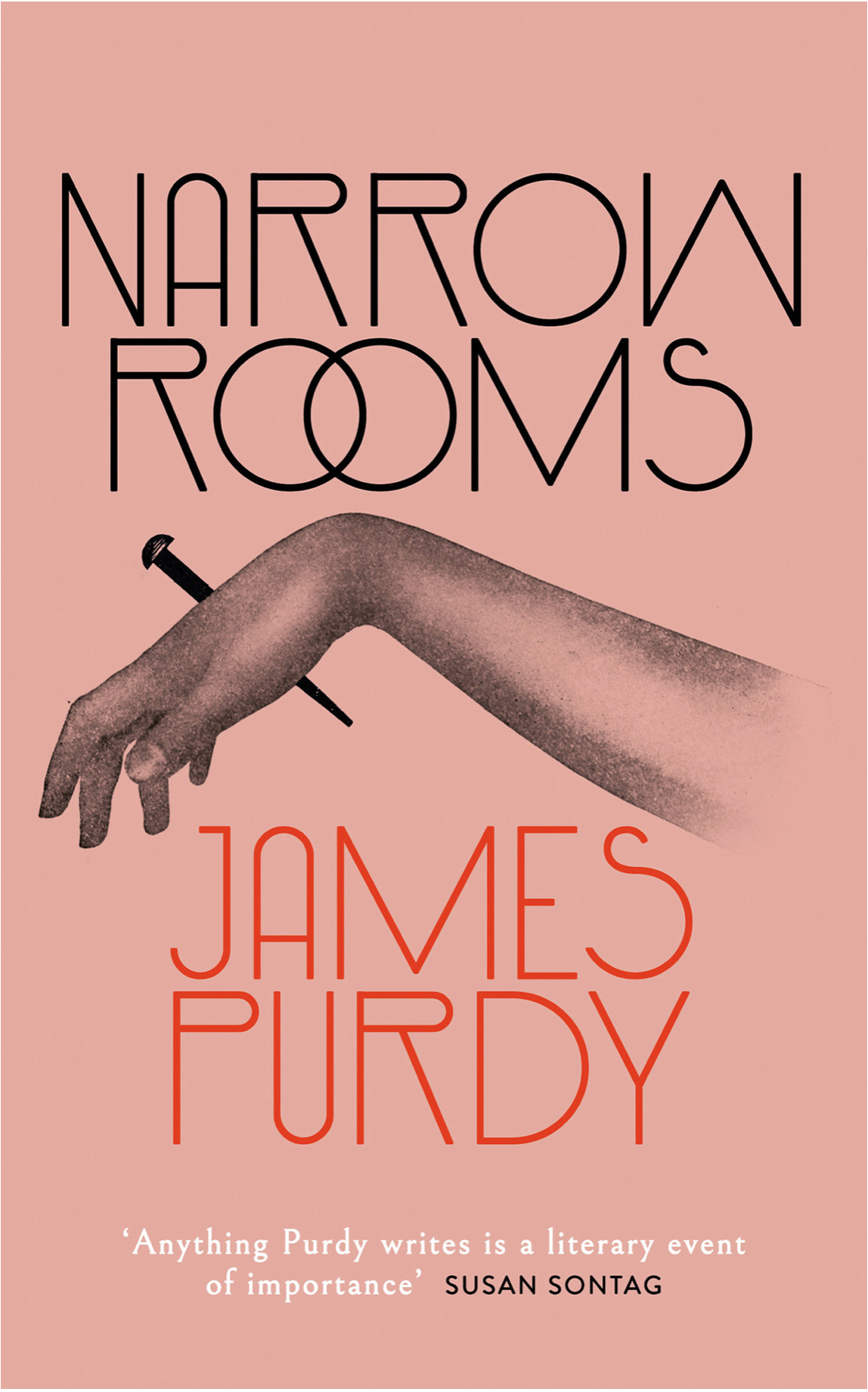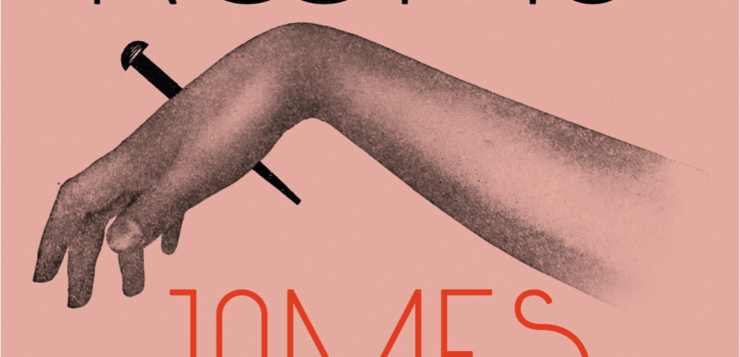I EAGERLY READ James Purdy: Life of a Contrarian Writer by Michael Snyder (reviewed in the January-February 2023 issue), hoping to find some clue to the inner sources of one of my favorite novels, Purdy’s Narrow Rooms (1978). What I found was this: “In August, he finished the first full typescript of Narrow Rooms. Looking back, he did not know how he ‘ever wrote that, it was so violent.’” How violent? The cover of the 2019 reissue from Valancourt Books shows a nail driven through a hand. Let’s just say that this is severe understatement.
A reader of Narrow Rooms, or any of Purdy’s fiction, must suspend not only disbelief but all conventional narrative expectations. The plot is both thin and improbable. Characters never quite coalesce into people having coherent motivations. They speak a stilted language that is equal parts biblical oratory and clichés. The setting in time and space is as specific and unreal as a dream. But if you can surrender to it, if you can approach it as an opera or a saga that sacrifices verisimilitude for a deeper, more intense power, then Narrow Rooms can become what Gore Vidal called it, “a dark and splendid affair by an authentic American genius.”
 The novel centers on four young men of about twenty in a small West Virginia town. Sidney De Lakes has returned home from prison for killing Brian McFee, who had been trying to shoot him.
The novel centers on four young men of about twenty in a small West Virginia town. Sidney De Lakes has returned home from prison for killing Brian McFee, who had been trying to shoot him.
Michael Schwartz is an associate editor for this magazine.







